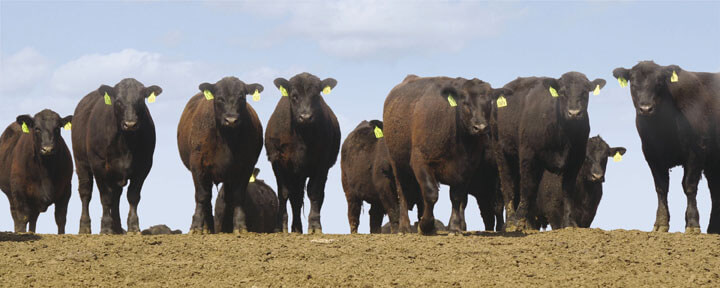More GAR Cattle Ring Up Big Premiums on USPB Grid
Ask any cattle producer what another $100 per head would mean to their bottom line, and you will probably hear something about being able to take their operation’s profitability to a whole new level. THRIVING instead of just SURVIVING might even be mentioned.
If that goal seems too far-fetched to consider, look at the results on 112 head of home-raised GAR steers and heifers harvested this spring at National Beef’s Liberal, KS plant. These cattle earned nearly $97 per head over the Kansas live market the week they were sold after being fed at Triangle H Feeders in Garden City, KS. Large quality grade and other premiums enabled a net selling price of $104.76 per live cwt., while the average market (base price for the grid) at the time was $97.71. That equates to a $7.05 per cwt. advantage, which added handsomely to the cattle’s profitability and made the strong spring 2010 fed cattle market even better.
| Premiums on GAR Cattle by Category (per head) | |
| Quality Grade | $69.41 |
| Dressing Percentage* | $12.71 |
| Yield Grade | $0.39 |
| Age Verified & Branded Beef Premiums | $14.25 |
| Overall Advantage vs. Live Market | $96.76 |
| *No direct premium is paid for above average dressing percent. However, higher dressing percentages do translate into more carcass weight per pound of live weight, which results in more total dollars per head compared to selling cattle on a live weight basis. | |
The table above details the premiums the cattle received. Almost $70 extra per head came from well-above-average quality grades even though the Choice/Select price spread was not especially wide at the time the GAR cattle were marketed. A whopping 53% graded Prime, with 96% being Choice or better. That allowed many to qualify for additional branded beef premiums from both Certified Angus Beef® and National’s Black Canyon® Premium Reserve Program. They also had above plant average dressing percentages, yielding more carcass pounds per hundred pounds of live weight than the plant average.
“We were very pleased with how these cattle quality graded,” says Mark Gardiner. “Marbling-wise, they did just what they’re genetically designed to do, which is produce a very high percentage of premium quality grades and capture additional branded beef premiums available to high-grading cattle. We like that a lot, and it generates significant premiums for us and our bull customers who feed out their own cattle.” But that was not all that caught Gardiner’s eye. He continues, “You won’t see many cattle that grade this high and don’t take at least some discount on yield grade. This group was slightly above average for yield grade, netting a small premium in that category. I feel good about that, especially considering that more than two-thirds of the group was heifers, which are more yield-grade challenged than steers.”
